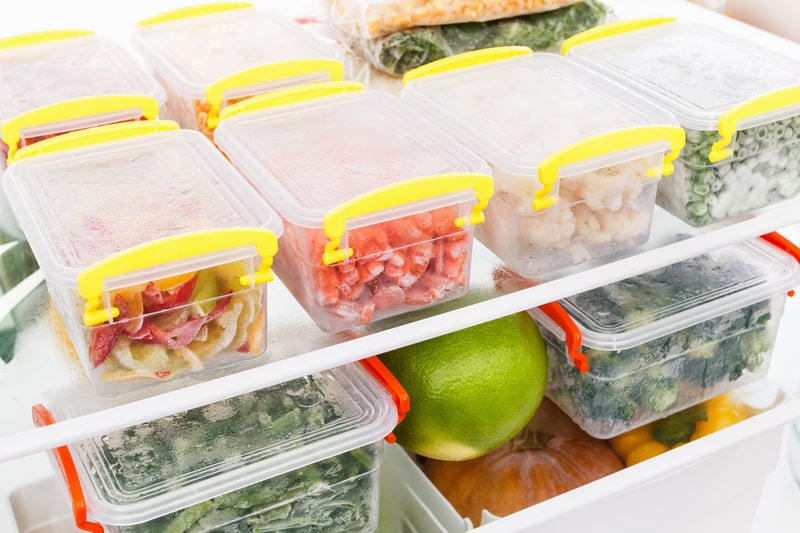A freezer is an indispensable appliance in any kitchen, providing a convenient way to store and preserve food. However, without proper organization, a freezer can quickly become cluttered, making it challenging to find what you need and resulting in wasted space. One effective way to maximize space and optimize storage in your freezer is by using stacking techniques. In this essay, we will explore some stacking techniques that can help you make the most of your freezer space.

Pyramid Stacking
Pyramid stacking is a popular technique for maximizing space in your freezer. By placing heavier items at the bottom and lighter items on top, you can create a pyramid shape that allows for better airflow and makes it easier to access items at the bottom of the freezer.
To use this technique, start by grouping similar items together in containers or bags. For example, stack bags of frozen vegetables on top of each other, and stack containers of casseroles or soups on top of each other. Place the heaviest items at the bottom and lighter items on top, such as ice cream or frozen fruits.
When stacking items, be careful not to overfill the freezer, as this can prevent airflow and affect the efficiency of your freezer. Additionally, avoid stacking items too high, as this can cause them to topple over and become damaged.
Zone Stacking
Zone stacking is a technique that involves grouping similar items together and stacking them in specific zones of your freezer. This technique allows you to organize your freezer by categories, such as meats, vegetables, or meals, making it easier to find what you need.
To use this technique, start by investing in plastic bins or dividers of various sizes to fit your freezer compartments. Group similar items together, such as meats, vegetables, or meals, and stack them in separate zones of your freezer. For example, place all the meat items in one zone, all the vegetables in another, and all the meals in a separate zone.
This technique can help you make the most out of your freezer space and keep items organized. Additionally, it can make it easier to plan meals and reduce the amount of time spent searching for specific items.
Layer Stacking
Layer stacking is a technique that involves stacking items on top of each other, layer by layer, in a specific order. This technique is particularly useful for storing items that are the same size or shape.
To use this technique, start by grouping similar items together and stacking them on top of each other in a specific order. For example, place pizza boxes on the bottom, followed by bags of frozen vegetables, and then containers of soups or casseroles on top.
When layer stacking, be mindful of the weight of each layer, and avoid placing heavy items on top of lighter ones. Additionally, ensure that the items are well-sealed, to prevent freezer burn or cross-contamination.
Vertical Stacking
Vertical stacking is a technique that involves stacking items vertically, one on top of the other, to maximize space in your freezer. This technique works particularly well for items that are the same size or shape, such as bags of frozen fruits or vegetables.
To use this technique, start by grouping similar items together and stacking them vertically, one on top of the other. For example, stack bags of frozen fruits or vegetables, one on top of the other, in a vertical line, allowing for maximum space utilization.
When vertical stacking, be careful not to over-stack or overfill the freezer, as this can restrict airflow and affect the efficiency of your freezer. Additionally, avoid stacking items too high, as this can cause them to topple over and become damaged.
Conclusion
Proper organization is essential for maximizing space and optimizing storage in your freezer. Stacking techniques, such as pyramid stacking, zone stacking, layer stacking, and vertical stacking, are effective methods for keeping your freezer organized and easy to use. By following these techniques, you can save time and money, prevent food waste, and ensure that your food stays fresh and accessible for longer.